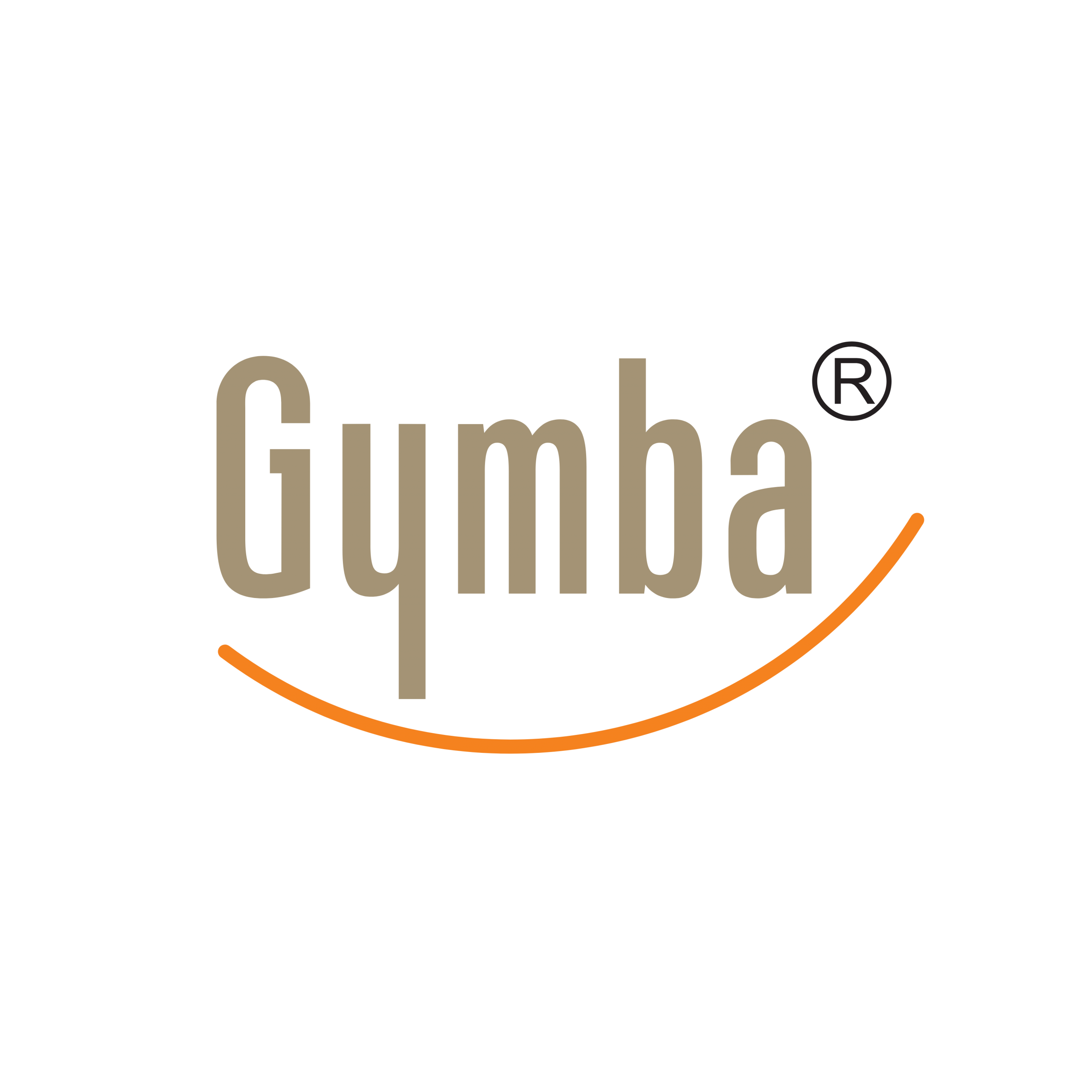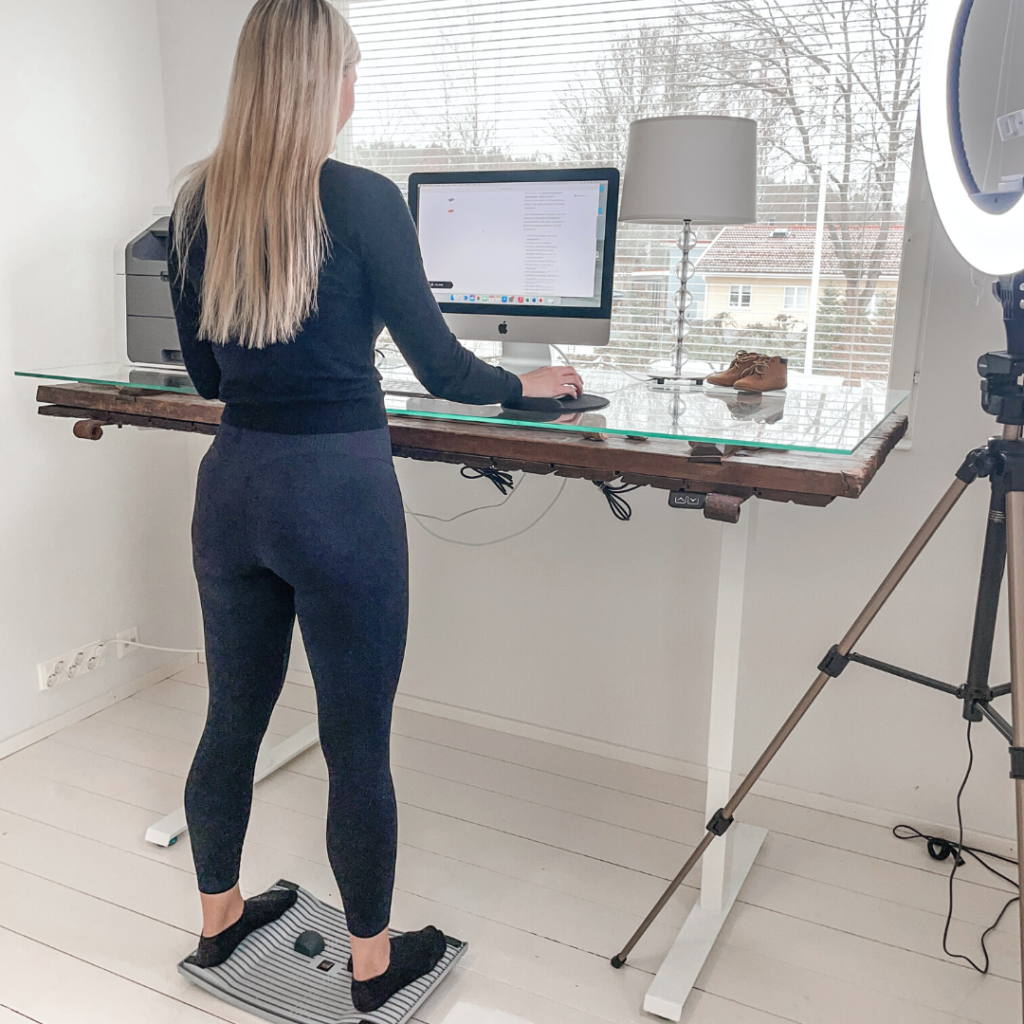Yes, balance boards are effective fitness tools that can significantly enhance your overall physical wellbeing. These versatile devices challenge your stability while engaging multiple muscle groups simultaneously, particularly your core and lower body. Regular balance board use improves coordination, posture, and proprioception (your body’s awareness in space), while also providing low-impact cardio benefits when used dynamically. Balance boards are particularly valuable because they strengthen often-neglected stabilizer muscles that traditional exercises might miss, making them excellent additions to any fitness routine.
Understanding balance boards and fitness: what’s the connection?
Balance boards create an unstable surface that forces your body to make continuous micro-adjustments to maintain stability. This simple principle establishes a powerful connection between balance training and fitness improvement. When you stand on a balance board, your nervous system activates stabilizing muscles throughout your body in patterns that mimic natural movement.
These boards come in various designs – from wobble boards that rock in all directions to rocker boards that move along a single axis. The unstable surface creates a controlled challenge that engages your proprioceptive system – the sensory network that helps your body understand its position in space.
The fitness benefits stem from this constant engagement. Unlike static exercises that work muscles in isolation, balance training recruits multiple muscle groups in functional patterns. This integrated approach improves not just strength, but also coordination, reaction time, and body awareness – all essential components of complete fitness that traditional workouts might overlook.
What muscles do balance boards actually work?
Balance boards primarily activate your core muscles, lower body, and numerous stabilizing muscles that often remain dormant during conventional exercises. The core engagement is particularly significant – your abdominals, obliques, and lower back muscles work continuously to keep your torso stable while balancing.
In your lower body, balance boards target:
- Quadriceps and hamstrings for forward-backward stability
- Hip abductors and adductors for side-to-side control
- Calf muscles and ankle stabilizers for fine adjustments
- Gluteal muscles for hip stabilization and posture maintenance
What makes balance boards particularly effective is their ability to reach the small stabilizing muscles around your joints that typically get minimal stimulation. These muscles, while not responsible for generating power, are crucial for joint health, injury prevention, and efficient movement patterns in daily activities.
How can balance boards improve your overall fitness?
Balance boards deliver comprehensive fitness benefits by simultaneously improving several physical attributes. Beyond muscle strength, regular balance training enhances your coordination, reaction time, posture, and even burns calories through constant stabilization efforts.
Key fitness improvements include:
- Enhanced proprioception – your body’s ability to sense its position in space
- Better neuromuscular communication, leading to more efficient movement patterns
- Increased ankle mobility and strength, supporting overall lower body function
- Improved posture through consistent core engagement
- Greater stability in everyday movements and athletic activities
Additionally, balance training creates adaptations in your nervous system, teaching your body to respond more quickly to stability challenges. This translates to better performance in sports, reduced fall risk as you age, and more fluid, coordinated movements throughout daily life.
Can you incorporate balance boards into your existing workout routine?
Balance boards integrate seamlessly into virtually any fitness programme, enhancing familiar exercises with stability challenges. You can incorporate balance board exercises into your routine as standalone activities, warm-ups, or modifications to traditional movements.
For strength training enthusiasts, try performing bodyweight exercises like squats, lunges, or press-ups with one or both feet on the balance board. This immediately increases the difficulty by requiring stabilization throughout the movement.
For those who enjoy yoga or Pilates, the balance board adds an extra dimension to poses – try mountain pose, warrior variations, or planks on the unstable surface to deepen core engagement and concentration.
Even cardio workouts benefit from balance integration. Simple movements like marching in place, side steps, or gentle bouncing on a balance board elevate heart rate while improving coordination. Start with shorter intervals (30-60 seconds) before progressing to longer durations as your stability improves.
How can balance boards fit into your workday for better fitness?
Using a balance board for active workplace movement transforms sedentary office hours into opportunities for active movement. Standing on a balance board at your desk engages your muscles, improves posture, and increases calorie expenditure without disrupting your workflow.
To incorporate balance training into your workday:
- Start with short 5-10 minute intervals while standing at your desk or during calls
- Progress gradually to longer periods as your balance and comfort improve
- Take micro-movement breaks – perform gentle side-to-side shifts or small knee bends
- Consider alternating between sitting, standing, and balance board use throughout the day
This workplace integration is particularly valuable because it addresses the harmful effects of prolonged sitting. The subtle movements required to maintain balance improve circulation, reduce stiffness, and keep your metabolism more active compared to static standing or sitting.
Many people report improved focus and creativity when using active boards with ergonomic office equipment during work, as the mild physical engagement helps maintain mental alertness without distracting from cognitive tasks.
Balance board benefits: the key takeaways
Balance boards offer remarkable fitness benefits that extend far beyond what most people initially expect from such simple devices. Regular balance board workouts strengthen your core, improve posture, enhance coordination, and engage muscles that are often neglected in conventional exercise routines.
The versatility of balance boards makes them particularly valuable – they work equally well as standalone training tools, enhancements to existing workouts, or as workplace solutions to combat sedentary behaviour. Their ability to improve functional movement patterns translates directly to better performance in daily activities and sports.
We’ve developed our balance and activation boards with these principles in mind, creating ergonomic solutions that make it easy to integrate movement into your day. Our products are designed to fit seamlessly into your existing environment, whether at home, in the office, or at the gym, helping you maintain an active lifestyle without disrupting your routine.
By incorporating balance training into your fitness approach, you’re not just working muscles – you’re training your body as an integrated system, developing the coordination, stability, and strength needed for long-term physical wellbeing.

